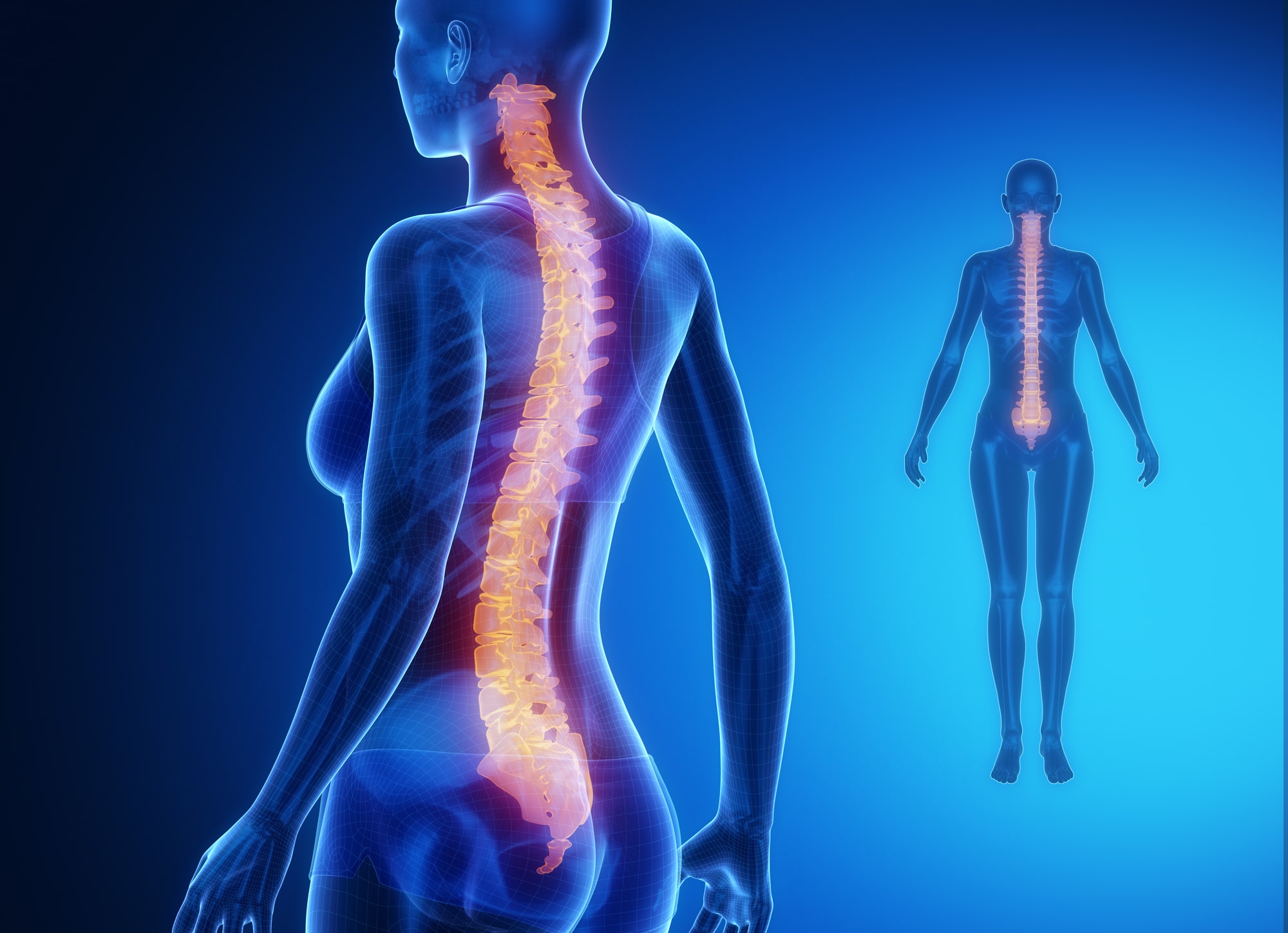What are Spinal Cord Injury Symptoms?
Great question. Most of the time if one has a spinal cord injury (SCI) it is traumatic, and you’ll know if you have problems. These come from vehicular accidents, gun shots, or something that will cause blunt force trauma to the spine.
Signs and symptoms of spinal cord injury include but are not limited to:
Arm or leg weakness
Hand or foot weakness
Tingling in limb(s)
Numbness in limb(s)
Inability to discern hot from cold
High pain tolerance, or cannot feel pain
Inability to breathe fully
Autonomic Nervous System Dysregulation
And more…
Your spinal cord is about 18 inches long and maybe an inch in diameter. It houses the nerves entering and leaving your brain monitoring and telling your muscles organs, glands and blood vessels what to do. It stems from the base of your skull at your first cervical vertebra down to your twelfth thoracic or first lumbar vertebra (around the bottom of your rib cage). From there moving down it is called your cauda equina or “horse’s tail” because the nerves that come out are no longer bunched into one cord but fully separated and it kind of looks like a horse’s tail going down your lumbar spine until it gets to your tailbone.
Spinal Cord Injuries can be complete and incomplete. Complete means there is permanent damage, this usually results in paraplegia or quadriplegia. Incomplete is a better diagnosis because that means there is not permanent damage. SCI’s can occur in the neck, midback and low back. Where it happens will determine that individuals’ challenges. For instance, if the injury occurs in the low back, that individual will not have their arms effected. If the injury occurs in the neck, then there is a possibility to have arms and legs effected.
Treatments for spinal cord injuries can entail corrective surgeries and lots and lots of rehabilitation. At HML we offer Functional Neurological services in conjunction with our patients seeing other professionals to speed up recovery or get the most out of the patient.
Something to note is disc herniations. Vertebral discs sit between the vertebrae and are what some people call the “shock absorbers of the spine. Herniations occur from repeated use and abuse or other blunt force injuries. Disc herniations are where the disc slips out from between the two vertebrae and put pressure on the nerves in the area. The symptoms can be a lot of the same but usually have much, much better prognostication. You can have limb weakness, tingling, numbness or shooting pain down your hands or legs. At times treatments entail surgery, physical therapy chiropractic care and what is called Spinal Decompression.
Decompression is where you are on a table in which your torso is strapped down and your legs are strapped down and hooked up to a machine that gently pulls your pelvis away from your spine to allow the disc herniation to go back where it belongs (between the vertebrae of your spine.
Last thing to note is the unsuccessful rate of spine surgery. There is such diagnosis called Failed Low Back Syndrome. Approximately 22% of spine surgeries are deemed successful. To learn more, listen to The Dr. Alex Show interview with Dr. David Hanscom, MD – retired spine surgeon.
Want to learn more? Contact us today to see how we can help!

